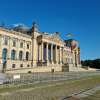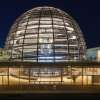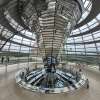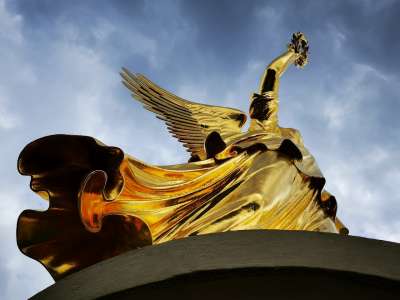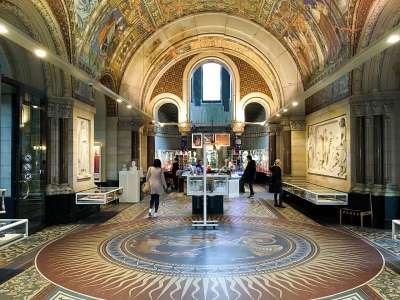The Reichstag building is one of Berlin’s most significant landmarks, both architecturally and historically. Located in the heart of the German capital, it houses the Bundestag, Germany’s federal parliament.
Constructed between 1884 and 1894, the Reichstag was originally built to serve as the seat of the German Empire’s parliament. Its design, by architect Paul Wallot, blends Renaissance and classical elements, with a grand façade and a central dome that has become an iconic feature.
The building has witnessed many pivotal moments in German history. It was severely damaged by fire in 1933 and further during World War II. After the war, it stood largely unused during the division of Germany. It wasn’t until after reunification that the Reichstag was restored and repurposed. The British architect Sir Norman Foster led the renovation in the 1990s, adding the modern glass dome that symbolizes transparency and accessibility in government.
Today, the Reichstag is open to the public, and visitors can tour the dome for panoramic views of Berlin and an inside look at parliamentary proceedings. It stands not only as a working seat of government but also as a powerful reminder of Germany’s journey through monarchy, war, division, and reunification.
The Reichstag is easily accessible by public transport and is a must-see for those interested in history, architecture, or politics. Advance registration is required for dome visits.

